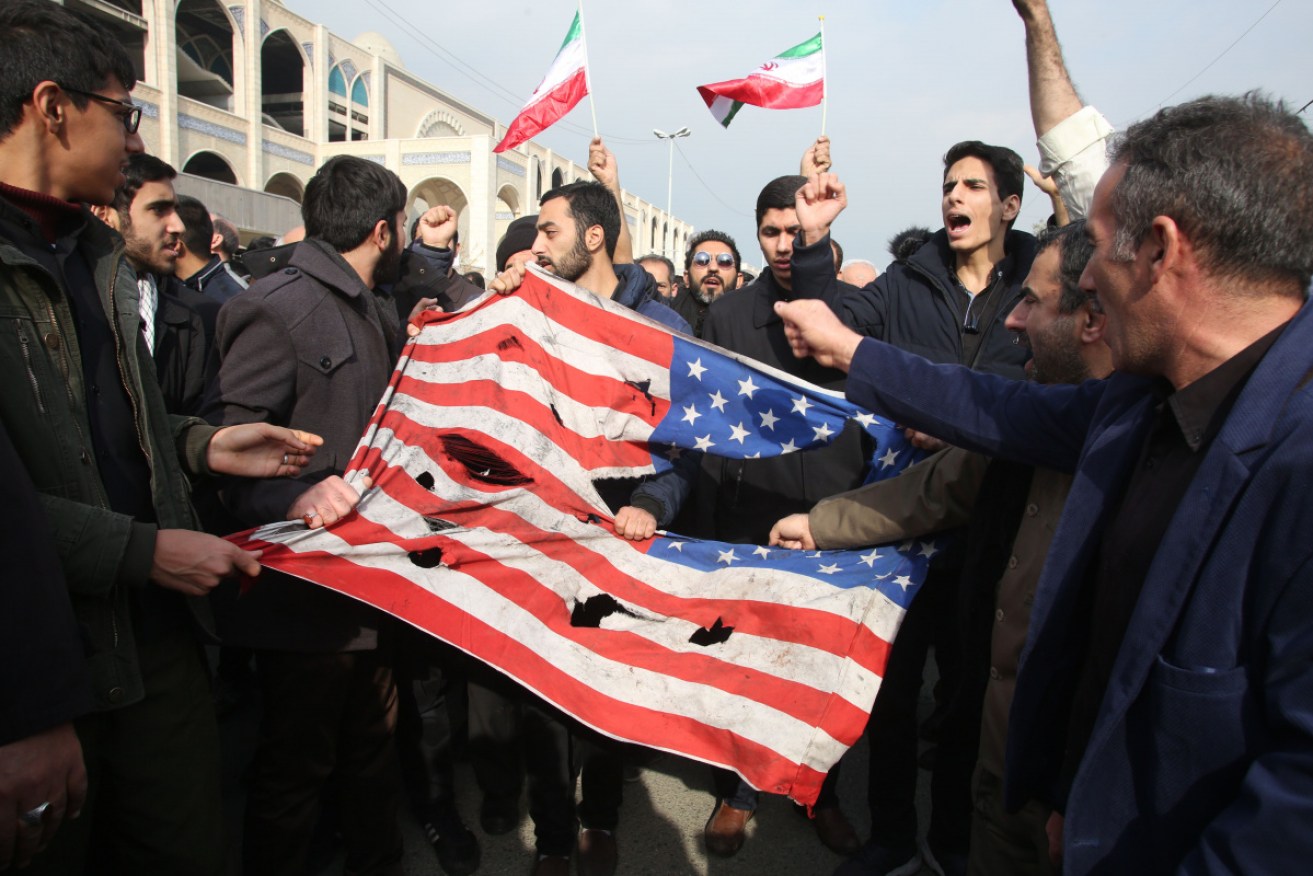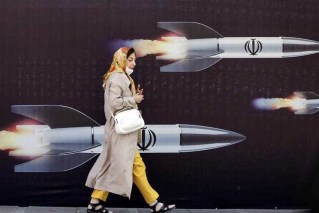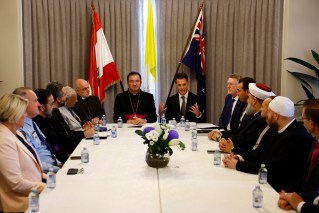US airstrikes killed a top Iranian military chief; Donald Trump has made more threats. What now?


Iranians tear up a US flag during a demonstration in Tehran following the killing of the Iranian Revolutionary Guard's Major General Qasem Soleimani in a US strike. Photo: Getty
Reporting from the US suggests that President Donald Trump’s authorisation of the targeted killing of Iranian Major-General Qasem Soleimani in Baghdad was given despite questionable intelligence about “imminent” attacks on US personnel and diplomatic facilities in the Middle East.
A significant factor was apparently Mr Trump’s anger over the recent “Iranian orchestrated” Shiite militia attacks on the US embassy in Baghdad.
Pentagon officials were reportedly stunned by the assassination decision.
However, in a presidential election year, the killing would have been well received by Mr Trump’s red-neck support base in the US and has probably enhanced Mr Trump’s re-election prospects.
In April 2019, the Trump Administration had listed the Iranian Quds Force, which General Soleimani commanded, as part of a “foreign terrorist organisation” to put more pressure on the Iranian regime.
Some Americans therefore saw General Soleimani as the Shiite terrorist equivalent to Sunni Islamic State’s terrorist leader Abu Bakr al-Baghdadi, killed by US Special Forces in October 2019.
However, killing Iran’s most popular and influential general will have unpredictable consequences and is unlikely to further US interests in the Middle East, or elsewhere for that matter.
Doing the declared drone killing in another “friendly” country (Iraq) was also likely to cause problems.

A US flag is destroyed as Iranians take part in an anti-US rally to protest the killings of Iranian military chiefs. Photo: Getty
Drone-killing of terrorists is now an accepted “defensive” activity, but killing another country’s top general outside a declared war with that country is unprecedented.
The last time the US did so was when its forces shot down the aircraft carrying Japanese commander Admiral Yamamoto over Bougainville in 1943 in revenge for the Pearl Harbour attack.
The dilemma for Iran is how to respond to this “criminal” attack on its sovereignty. Iran’s supreme leader, Ayatollah Ali Khamenei, has vowed “forceful revenge” as Iran mourns the death of General Soleimani, but if Iran uses military force to attack US forces, it will undoubtedly be hammered.
Mr Trump has threatened to retaliate by attacking 52 sites of military and cultural importance in Iran.
On Sunday afternoon (Australian time), he warned Iran on Twitter that some sites were “at a very high level & important to Iran & the Iranian culture, and those targets, and Iran itself, WILL BE HIT VERY FAST AND VERY HARD”.
….targeted 52 Iranian sites (representing the 52 American hostages taken by Iran many years ago), some at a very high level & important to Iran & the Iranian culture, and those targets, and Iran itself, WILL BE HIT VERY FAST AND VERY HARD. The USA wants no more threats!
— Donald J. Trump (@realDonaldTrump) January 4, 2020
Mr Trump presumably does not appreciate the irony that Iran’s cultural sites are of international importance and that damaging them would be replicating Islamic State’s cultural vandalism.
Iraq will also be weighing up its response options, including demanding – once again – the removal of US forces from Iraq.
For its part, Iran does have a range of non-military response options. These could include deniable vehicle bombings of US diplomatic facilities, and killings of Americans in the Middle East and elsewhere.
Shiite non-state actors might also conduct their own unilateral attacks.
Trump and his family would be obvious targets for revenge attacks over the longer term.
Clive Williams is a visiting professor at the ANU’s Centre for Military and Security Law








